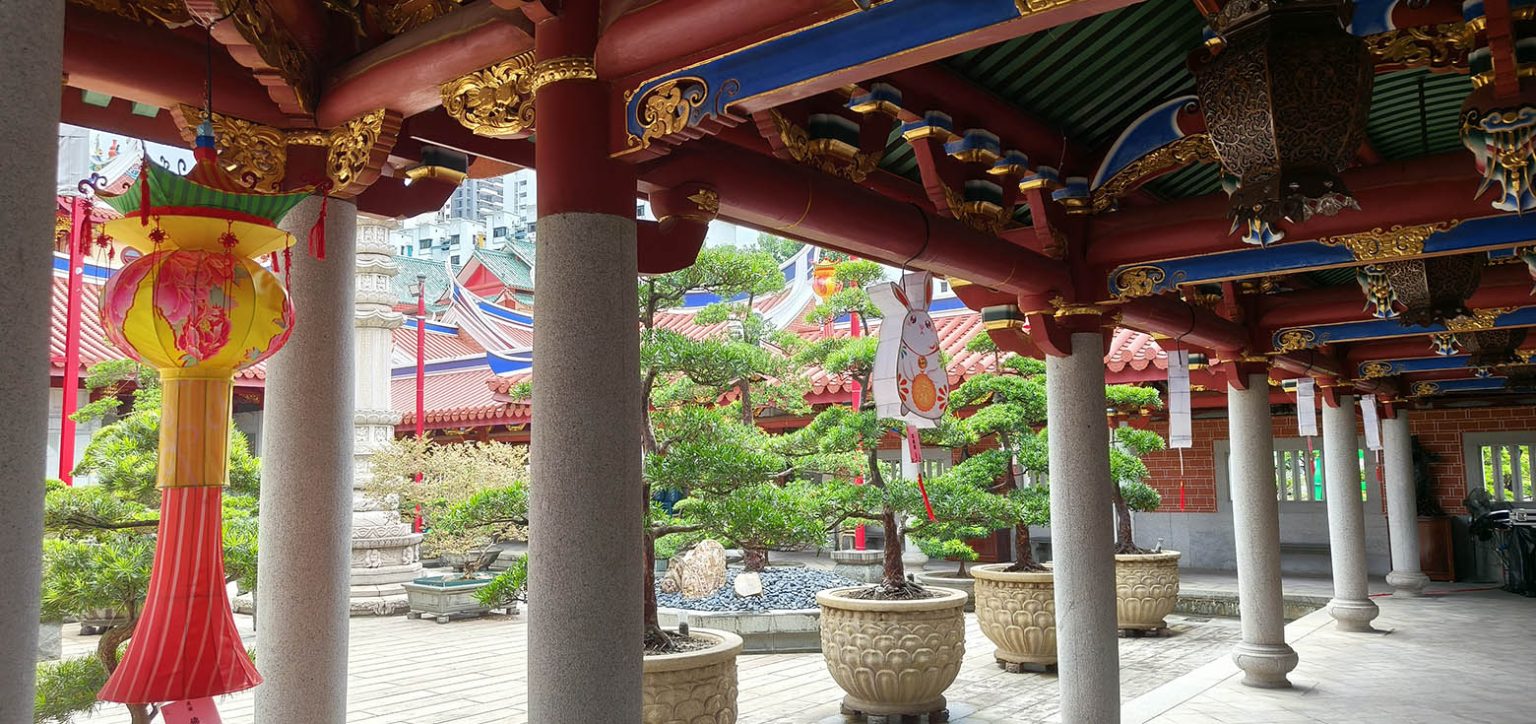Introduction
In recent years, with the deepening implementation of China's "going global" cultural strategy, Chinese lanterns have gradually become an important calling card for international cultural exchange. Chinese lantern brands such as Zigong Lantern Festival, Qinhuai Lantern Fair, and FOREST PAINTING LANTERN have successfully held exhibitions in dozens of countries and regions worldwide, attracting tens of millions of tourists and injecting new vitality into local tourism economies.
Amidst intensifying global tourism competition, how can Chinese lanterns, as a cultural IP, be leveraged to enhance urban tourism appeal? How can lantern exhibitions integrate with local culture to create greater economic value? This article will explore the role and future development path of Chinese lanterns in the global tourism economy through case studies.

1.International Influence and Tourism Economic Value of Chinese Lanterns
- Global Appeal of Lanterns as a Cultural IP Chinese lanterns combine traditional craftsmanship, mythological stories, and modern technology, possessing strong visual impact and cultural narrative, capable of transcending language barriers to attract global tourists. For example:
- Zigong Lantern Festival Overseas Tour Exhibitions: Have been held in over 80 cities in Europe, America, Southeast Asia, etc., with single exhibitions attracting over a million visitors.
- Lyon Light Festival in France: The Chinese lantern exhibition area has become one of the most popular sections, driving a 30% increase in local hotel occupancy rates.
- Dubai "Happy Chinese New Year" Lantern Exhibition: Attracts Middle Eastern tourists and promotes tourism consumption growth during the Chinese New Year period.
- Direct Economic Pull of Lantern Exhibitions on Tourism
International lantern exhibitions typically bring the following economic benefits:
- ✅ Ticket Revenue (e.g., the "Chinese Lantern Festival" in Houston, USA, has an average ticket price of $25, with annual revenue exceeding tens of millions of dollars).
- ✅ Peripheral Consumption (catering, souvenirs, accommodation, and other related consumption can account for up to 60%).
- ✅ Employment Opportunities (exhibition preparation, operation management, and localized cooperation create numerous jobs).
2.How Chinese Lanterns Boost Global Urban Tourism Development
- Creating New Landmarks for Urban Night Tourism
Many international cities have successfully activated their night economies by introducing Chinese lanterns:
- "Magical Lantern Festival" in London, UK: Themed with Chinese lanterns, winter visitor numbers increased by 40%.
- "River Hongbao" Lantern Festival in Singapore: Attracts over a million visitors annually, becoming a popular destination for Chinese New Year tourism in Asia.
- "Foresta Lumina" Lantern Exhibition in Montreal, Canada: Combines with local natural landscapes to extend the winter tourism peak season.
- Promoting Cultural Tourism Integration and Cross-Cultural Experiences
Lantern exhibitions can enhance visitors' cultural immersion through localized design:
- Case 1: The "Panda Lantern Festival" in Berlin, Germany, combines Chinese elements with German fairy tales, attracting family visitors.
- Case 2: The "Zodiac Lantern Exhibition" in Sydney, Australia, combines with local Aboriginal art to create a unique IP.
- Driving Commercial Cooperation and MICE Economy
Lantern exhibitions can link with local enterprises to expand business models:
- Brand Sponsorship (e.g., Philips Lighting collaborated with a lantern festival in the Netherlands to promote LED technology).
- Cultural and Creative Derivatives (Paris lantern exhibition launched co-branded luxury goods, increasing premium space).
- MICE Tourism (International conference + lantern exhibition model, such as the light art exhibition during the Davos Forum).
3.Challenges and Future Development Directions
- Current Challenges
- Cultural Differences: Some overseas audiences have limited understanding of traditional Chinese symbols.
- Cost Issues: International touring exhibitions have high transportation and labor costs.
- Sustainability: How to reduce energy consumption and adapt to environmental trends.
- Future Optimization Paths Digital Upgrade:
- Utilize AR/VR technology to create "Metaverse Lantern Festivals," reducing touring exhibition costs.
- Develop NFT digital lantern collectibles to expand online consumption scenarios.

Localized Innovation:
- Collaborate with local artists to design lantern works that integrate Chinese and Western cultures.
- Combine with local festivals (e.g., Christmas, Halloween) to launch themed lantern exhibitions.
Sustainable Development Model:
- Adopt solar LED technology to reduce carbon emissions.
- Promote overseas training in lantern-making techniques to foster cultural inheritance and employment.
Conclusion
Chinese lanterns, with their splendid artistic expression and profound cultural heritage, are becoming a new engine for the global tourism economy. Through international touring exhibitions, localized innovation, and technological empowerment, lanterns not only enhance the tourism appeal of host cities but also drive the development of related industries such as catering, retail, and accommodation. In the future, with the application of digital and green low-carbon technologies, Chinese lanterns will play a greater role in the global cultural tourism market, becoming a model for Chinese culture "going global."





